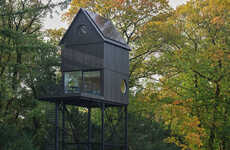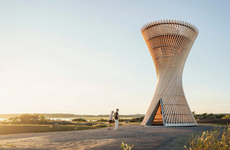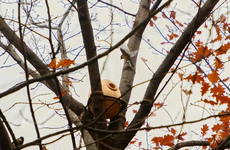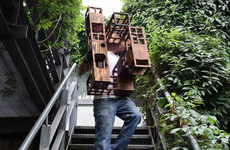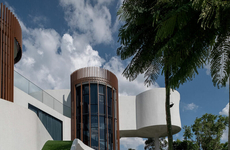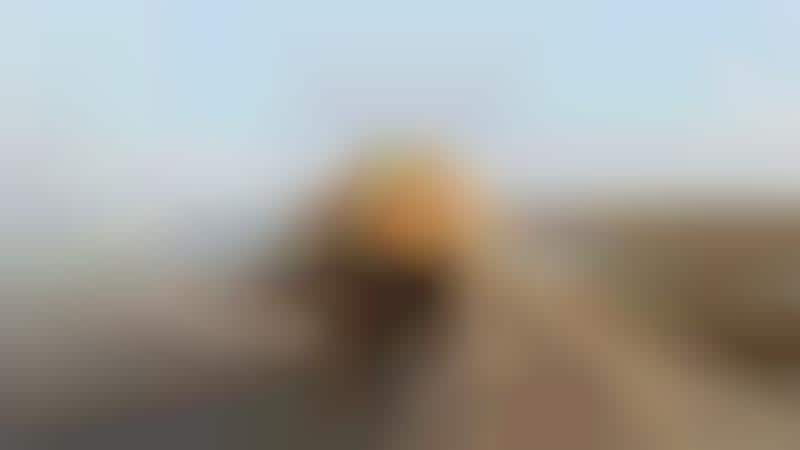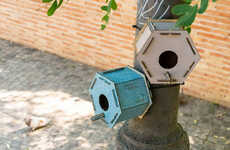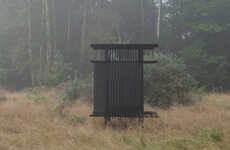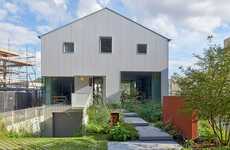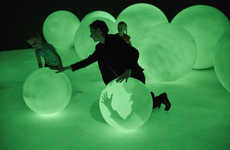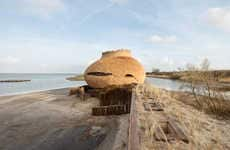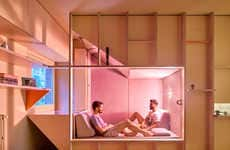
RAU Collaborates with Ro&Ad on a Nature Reserve in the Netherlands
RAU Architects enters a collaboration with Ro&Ad Architects to create a stunning nature reserve in the Netherlands. Dubbed the 'Tij Observatory,' the building entertains quite an interesting shape. The professionals decided to mimic the structure's functionality in its aesthetic and thus, designed something that nods to local nature. As a result, the observatory is shaped like a tern's egg.
When constructing the bird observatory, RAU Architects and Ro&Ad Architects utilized a "file-to-factory system," meaning that parts were delivered and assembled on-site. Not only is this an efficient manner for building, but the structure is arranged in such a way that it can also be taken apart easily.
By creating a building that is modular and minimal, RAU Architects and Ro&Ad Architects are able to assemble a nature reserve in the Netherlands that effortlessly slots into the established natural ecosystem.
Photo Credits: Katja Effting
When constructing the bird observatory, RAU Architects and Ro&Ad Architects utilized a "file-to-factory system," meaning that parts were delivered and assembled on-site. Not only is this an efficient manner for building, but the structure is arranged in such a way that it can also be taken apart easily.
By creating a building that is modular and minimal, RAU Architects and Ro&Ad Architects are able to assemble a nature reserve in the Netherlands that effortlessly slots into the established natural ecosystem.
Photo Credits: Katja Effting
Trend Themes
1. Modular Architecture - The use of modular architecture allows for easy assembly and disassembly for future projects or reconfiguration.
2. Nature-inspired Design - Incorporating a building's functionality into its aesthetic and surrounding environment can create a visually stunning structure that blends seamlessly into nature.
3. File-to-factory System - Using a file-to-factory system improves building efficiency by delivering pre-made parts for easy assembly on-site.
Industry Implications
1. Architecture - Developing modular and minimally designed structures with the use of a file-to-factory system could disrupt the traditional construction industry and provide eco-conscious solutions.
2. Nature Conservation - Creating structures that not only serve their intended function but also blend into their natural surroundings can have a positive impact on the environment and disrupt the traditional notion of development and conservation in protected areas.
3. Tourism - Designing visually stunning and unique structures like the Tij Observatory could attract tourism and ecotourism to under-explored areas, promoting a greater appreciation for nature conservation and sustainable development.
2.7
Score
Popularity
Activity
Freshness

